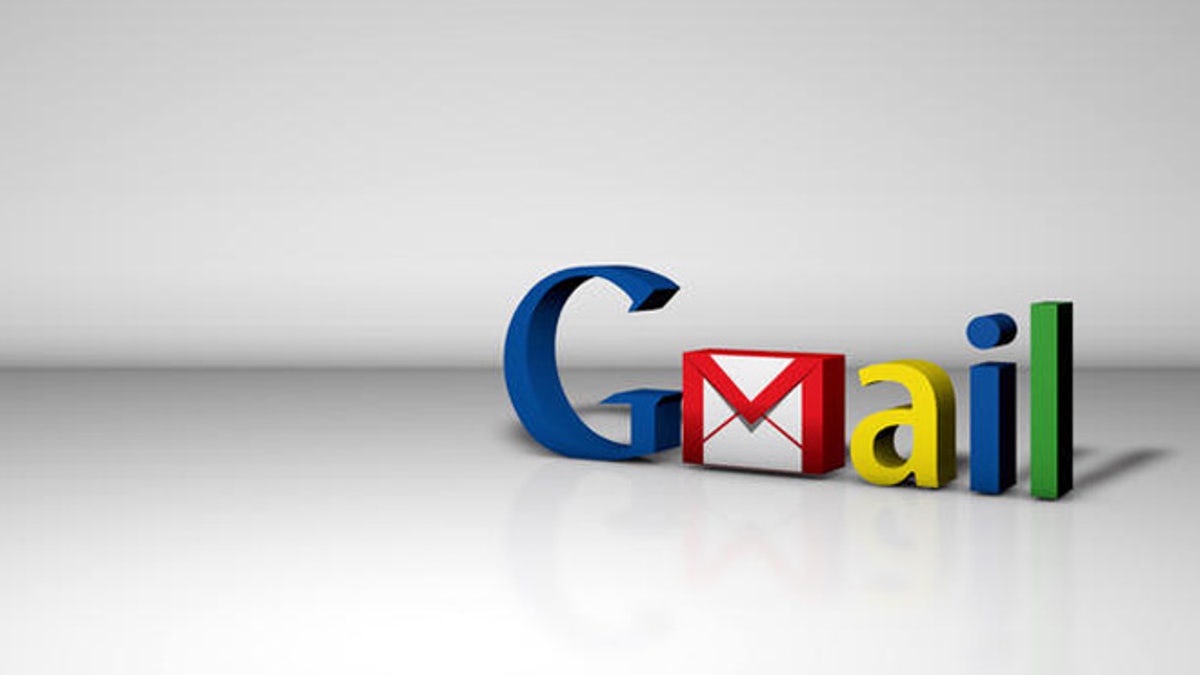
(AP GraphicsBank)
Google has launched a new feature that allows other email accounts to have the feel and function of Gmail.
Last year, Google began allowing Android Gmail users to access email accounts from Yahoo! Mail, Outlook, and Hotmail. On Wednesday, Google took this a step further by allowing you to add other features from Gmail and manage those accounts inside of Gmail – what Google calls “Gmailify.” The net effect is that the combined accounts act and feel like Gmail.
Related: Windows 10 vs OS X: What you need to know
So, for example, you get Gmail’s automatic sorting based on Social, Promotions, and Updates in addition to Gmail spam protection, Gmail search, and Archive mail.
The feature is – or soon will be – available by going into “settings” in the Gmail mobile app and opting to “link” the non-gmail account. After that, that email account will automatically be sorted in the same way the native Gmail app is.
If you want to disable the feature, you can unlink the account and continue accessing it from the Gmail app – sans those additional features.
Related: User anger and competition from rivals drive Google+ changes
Google, of course, is hoping that once you opt for linking accounts, the gmail app is all you'll ever need. Google took the first step toward integrating outside email accounts into Gmail last March when it began allowing users to view all mail at once, regardless of which account it’s from, using the new “All Inboxes” option.
Microsoft and Yahoo have made similar moves, as the largest email service providers vie to corral users into their own ecosystem. Google announced last month that Gmail has more than 1 billion active users, making it the world’s largest internet-based email.
Gmail getting smarter
And the company wants to keep growing that user base by making Gmail smarter. Late last year, Google unveiled technology, called Smart Reply, for its Inbox by Gmail app that can analyze the contents of a message and then suggest a response. The idea is to make it easier to respond to email on a mobile device.
Related: Google unveils new Nexus phones, Pixel C tablet
And because it’s based on machine learning, the more Smart Reply is used, the more adept it becomes at responding. So, for example, it can offer responses, depending the context, such as “I’ll check on it” or “I’ll see if I can find out.”
You also can expect Google to keep adding intelligence to Gmail via its work in machine learning to make email more and more hands off.
